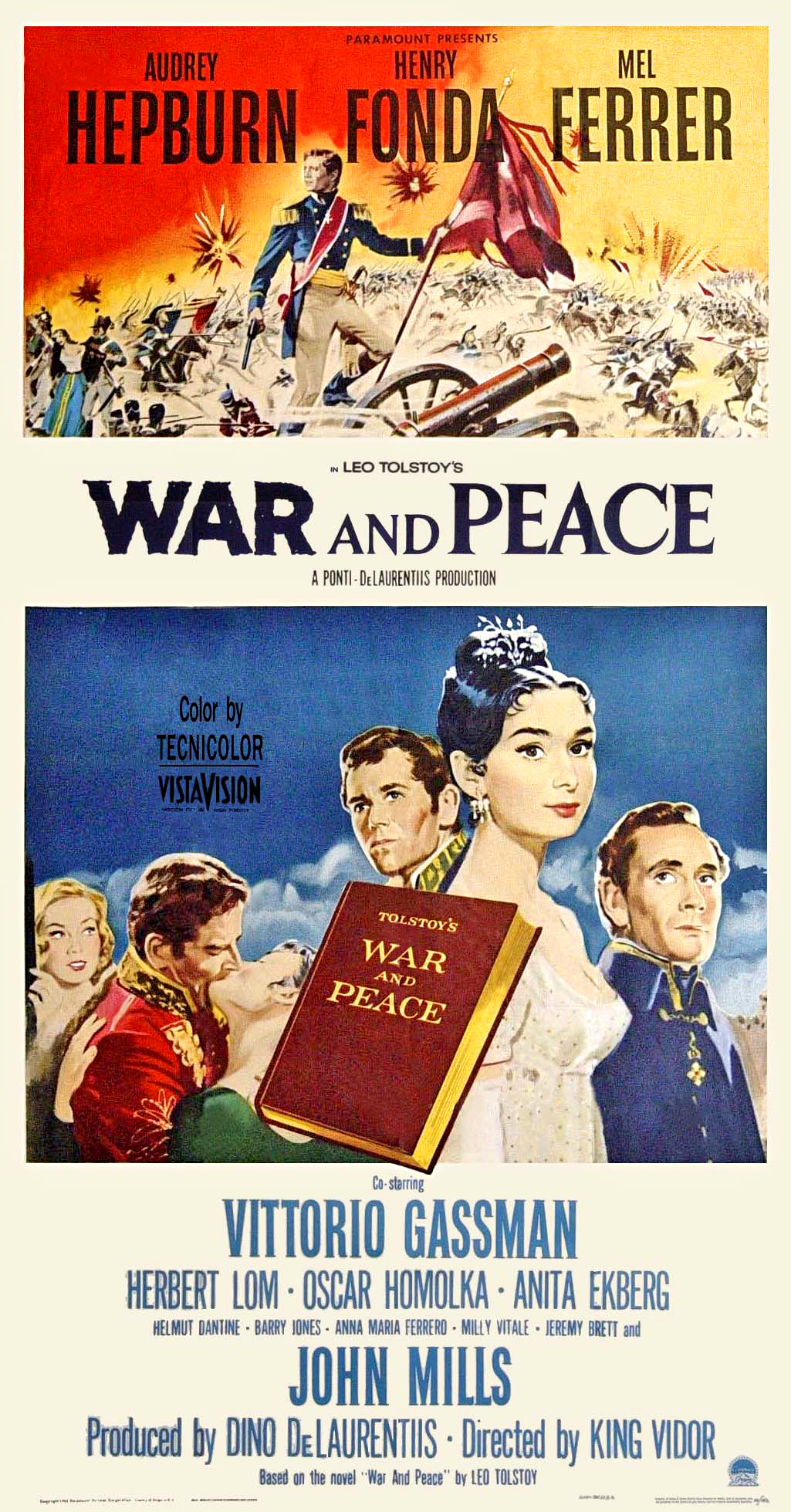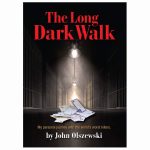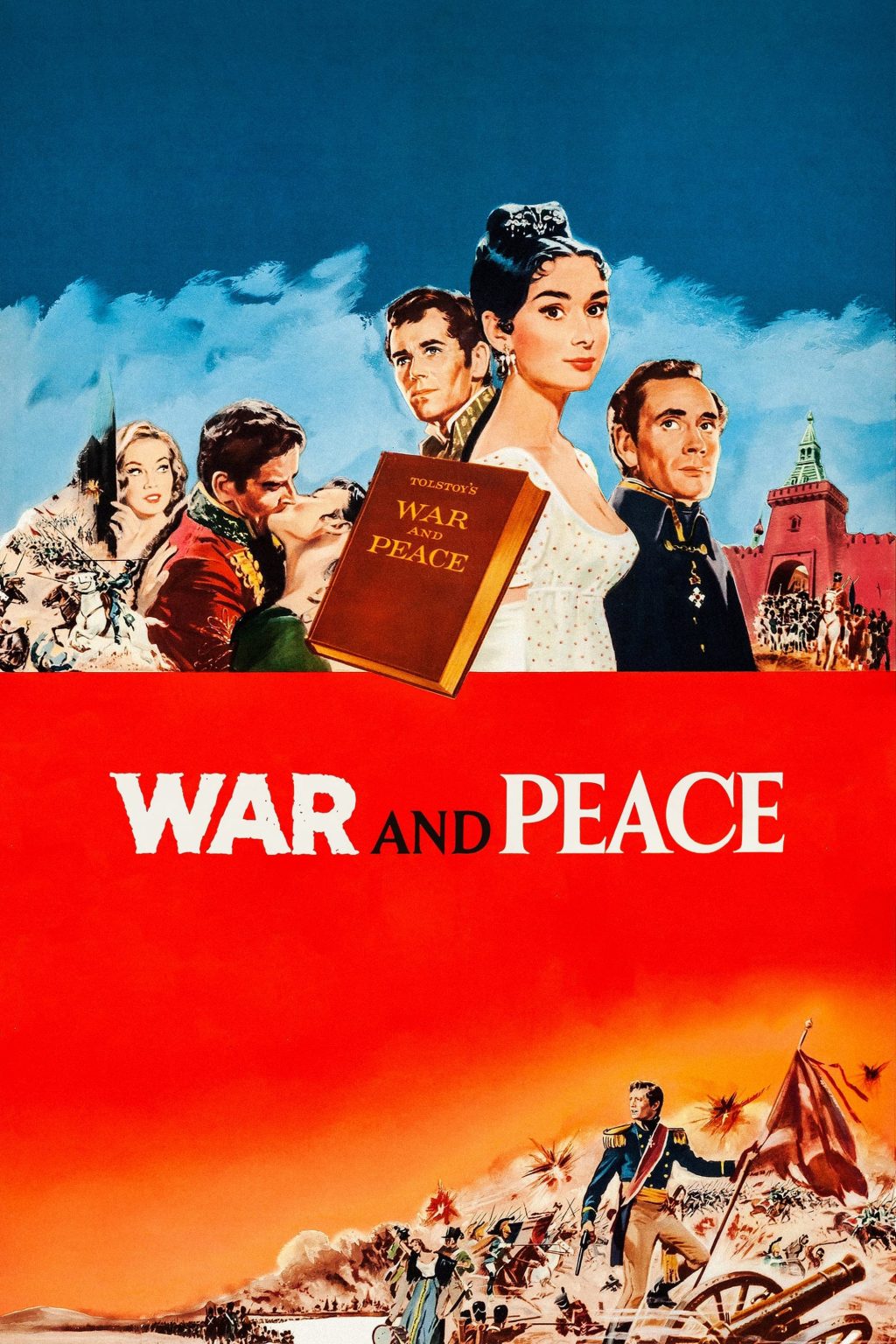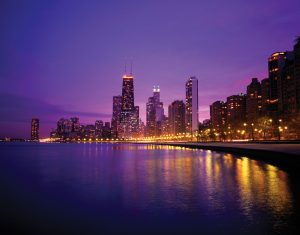In the annals of cinematic history, few films have captured the essence of literature as profoundly as War and Peace (1956). Based on Leo Tolstoy’s monumental novel, this epic historical drama remains a cornerstone of classic cinema. With its sweeping narrative, grand scale, and unforgettable performances, the film continues to captivate audiences over six decades after its release.
The Film’s Historical Context

Released in 1956, War and Peace was one of the most ambitious film projects of its time. Directed by King Vidor, it sought to bring Tolstoy’s sprawling novel to life on the big screen. The story spans the Napoleonic Wars and follows the lives of several Russian aristocratic families, exploring themes of love, war, and personal transformation. It was a massive undertaking, requiring a large cast, extensive sets, and intricate battle sequences that were groundbreaking for the era.
The film was produced by Dino De Laurentiis and Carlo Ponti, who aimed to create a cinematic masterpiece that would stand the test of time. Despite facing challenges during production, including a controversial casting choice for Henry Fonda as Pierre Bezukhov, the film ultimately succeeded in delivering a visually stunning and emotionally resonant portrayal of Tolstoy’s work.
Audrey Hepburn’s Iconic Performance

One of the most memorable aspects of War and Peace is Audrey Hepburn’s performance as Natasha Rostova. Her portrayal of the young, passionate, and vulnerable heroine brought a fresh energy to the role, earning her critical acclaim. Hepburn’s natural charm and elegance made her an ideal fit for the character, and her chemistry with co-star Mel Ferrer added depth to their relationship.
Hepburn’s involvement in the film was not just a career milestone but also a testament to her versatility as an actress. She had already established herself as a leading star with roles in Roman Holiday (1953) and Breakfast at Tiffany’s (1961), but War and Peace showcased her ability to tackle more complex and dramatic roles. Her performance in the film solidified her status as one of Hollywood’s most beloved actresses.
The Challenges of Adaptation

Adapting a novel as vast and intricate as War and Peace posed significant challenges for the filmmakers. The original book, which runs over 1,000 pages, required a careful selection of key events and characters to condense into a two-hour film. This led to some criticism that the adaptation was too rushed or that certain plotlines were simplified for the sake of brevity.
Despite these criticisms, the film managed to capture the spirit of Tolstoy’s work. The director, King Vidor, worked closely with the screenwriters to ensure that the core themes of the novel—such as the futility of war, the complexity of human relationships, and the search for meaning—were preserved. The result was a film that, while not perfect, offered a compelling and visually rich interpretation of the source material.
Critical Reception and Legacy
Upon its release, War and Peace received mixed reviews. Some critics praised its technical achievements, particularly the grand scale of the battle scenes and the attention to historical detail. Others, however, felt that the film failed to fully capture the depth and nuance of Tolstoy’s novel. Despite this, the film was recognized for its artistic merit, earning several Academy Award nominations, including Best Director and Best Cinematography.
Over the years, the film has gained a cult following and is now regarded as a classic in its own right. Its influence can be seen in later adaptations of Tolstoy’s work, including the Soviet film War and Peace (1967), which was inspired by the 1956 version. The film’s legacy is further cemented by its continued presence in film festivals and retrospectives, where it is celebrated as a landmark in cinematic history.
The Cultural Impact

Beyond its artistic merits, War and Peace also had a lasting cultural impact. It introduced international audiences to the works of Leo Tolstoy and helped to popularize Russian literature in the West. The film’s success also contributed to the growing interest in historical dramas, paving the way for future adaptations of literary classics.
Moreover, the film played a role in shaping the careers of its stars, particularly Audrey Hepburn. Her performance in War and Peace demonstrated her range as an actress and set the stage for her future roles in both drama and comedy. The film also provided a platform for other actors, including Henry Fonda and Mel Ferrer, who brought their own interpretations to the characters.
Conclusion
War and Peace (1956) remains a remarkable achievement in cinematic history. While it may not have been without its flaws, the film’s ambition, visual splendor, and powerful performances continue to resonate with audiences today. It serves as a reminder of the enduring power of literature and the transformative potential of cinema.
For those interested in exploring the world of Tolstoy’s War and Peace, the 1956 film offers a fascinating starting point. Whether you are a fan of classic cinema or simply curious about the adaptation of a literary masterpiece, War and Peace is a must-see.
Stay updated with the latest news and explore the timeless stories that continue to inspire us.











More Stories